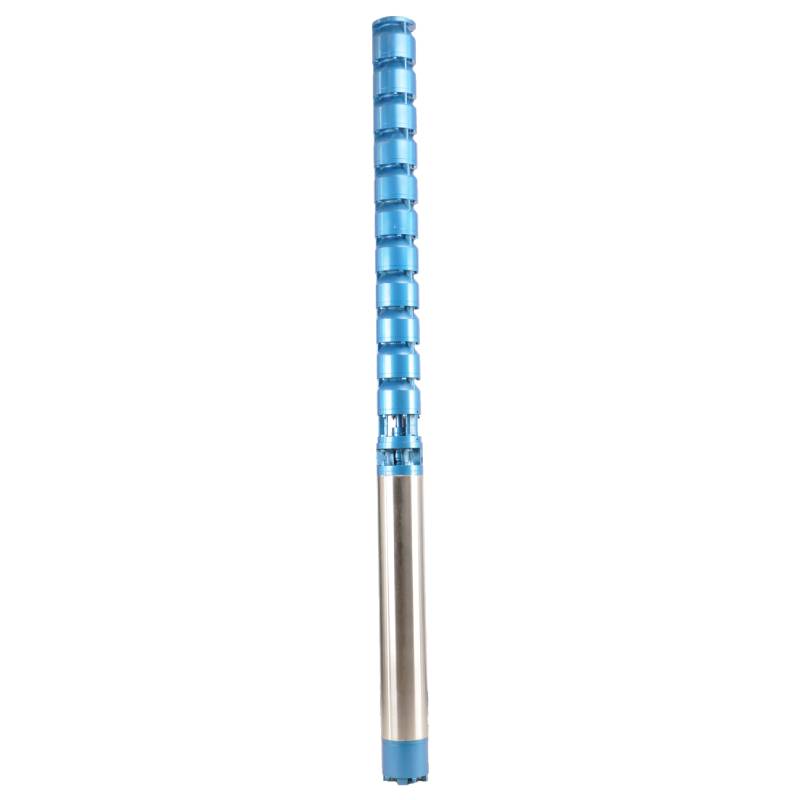Dec . 11, 2024 09:16 Back to list
Choosing the Right Submersible Pump for Your Water Well Needs
Submersible Pumps for Water Wells An Essential Guide
When it comes to accessing groundwater, submersible pumps have emerged as one of the most efficient and reliable solutions for water wells. These pumps, designed to operate underwater, are essential for a wide range of applications including residential, agricultural, and industrial uses. Understanding how submersible pumps work, their advantages, and considerations before purchasing can greatly aid anyone in need of a reliable water supply.
What is a Submersible Pump?
A submersible pump is a device that is submerged in water and designed to push water to the surface. Unlike standard pumps that draw water up, submersible pumps use a motor that is sealed and protected from water, ensuring efficient operation while submerged. This design allows the pump to push water through the discharge pipe, making it ideal for deep wells where traditional pumps would struggle.
How Do Submersible Pumps Work?
At its core, a submersible pump consists of a few key components a sealed motor, a pump body, and a series of impellers or vanes. The motor is located at the bottom of the pump and is directly connected to the impellers. When powered, the motor turns the impellers, creating a difference in pressure that draws water into the pump and pushes it up through the discharge pipe.
The efficiency of submersible pumps is a significant factor in their popularity. Since the pump is submerged, it does not have to work against atmospheric pressure, allowing for a more energy-efficient operation. Additionally, submersible pumps can handle a variety of conditions, including sand and debris-laden water, making them suitable for different water well environments.
Advantages of Submersible Pumps
1. Efficiency Submersible pumps are known for their high efficiency. Their design minimizes energy loss, allowing them to operate at lower power consumption compared to other types of pumps.
2. Quiet Operation Since these pumps are submerged underwater, they operate quietly, making them an excellent choice for residential areas where noise might be a concern.
3. Durability Built to endure harsh conditions, submersible pumps are typically made from corrosion-resistant materials. This durability ensures a long lifespan, reducing the frequency of replacements.
submersible pump for water well

4. Versatility Submersible pumps can handle a range of tasks—from residential water supply to irrigation and even sewage pumping. Their adaptability makes them suitable for varying applications.
Considerations Before Purchase
When selecting a submersible pump for your water well, several factors need consideration
1. Depth of Well The depth of the well plays a crucial role in choosing the right pump. Ensure that the pump can reach the water depth efficiently.
2. Flow Rate Assess the required flow rate for your application. Choose a pump that can deliver the necessary gallons per minute (GPM) without overworking the motor.
3. Horsepower The horsepower of the motor affects both the efficiency and the performance of the pump. A higher horsepower pump is typically required for deeper wells or larger flow demands.
4. Material Select a pump made of materials that can withstand the specific conditions of your well, such as high mineral content or corrosive elements.
5. Installation and Maintenance Consider whether you will install the pump yourself or hire a professional. Additionally, investigate the maintenance needs of the pump model to ensure it fits your capabilities.
Conclusion
Submersible pumps are an integral component for efficiently accessing groundwater in various applications. With their energy efficiency, quiet operation, and robust durability, they provide practical solutions tailored to meet diverse needs. By understanding the key features and considerations involved in choosing a submersible pump, users can ensure they select a system that will serve them effectively for years to come.
-
Submersible Water Pump: The Efficient 'Power Pioneer' of the Underwater World
NewsJul.01,2025
-
Submersible Pond Pump: The Hidden Guardian of Water Landscape Ecology
NewsJul.01,2025
-
Stainless Well Pump: A Reliable and Durable Pumping Main Force
NewsJul.01,2025
-
Stainless Steel Submersible Pump: An Efficient and Versatile Tool for Underwater Operations
NewsJul.01,2025
-
Deep Well Submersible Pump: An Efficient 'Sucker' of Groundwater Sources
NewsJul.01,2025
-
Deep Water Well Pump: An Efficient 'Sucker' of Groundwater Sources
NewsJul.01,2025
-
 Submersible Water Pump: The Efficient 'Power Pioneer' of the Underwater WorldIn the field of hydraulic equipment, the Submersible Water Pump has become the core equipment for underwater operations and water resource transportation due to its unique design and excellent performance.Detail
Submersible Water Pump: The Efficient 'Power Pioneer' of the Underwater WorldIn the field of hydraulic equipment, the Submersible Water Pump has become the core equipment for underwater operations and water resource transportation due to its unique design and excellent performance.Detail -
 Submersible Pond Pump: The Hidden Guardian of Water Landscape EcologyIn courtyard landscapes, ecological ponds, and even small-scale water conservancy projects, there is a silent yet indispensable equipment - the Submersible Pond Pump.Detail
Submersible Pond Pump: The Hidden Guardian of Water Landscape EcologyIn courtyard landscapes, ecological ponds, and even small-scale water conservancy projects, there is a silent yet indispensable equipment - the Submersible Pond Pump.Detail -
 Stainless Well Pump: A Reliable and Durable Pumping Main ForceIn the field of water resource transportation, Stainless Well Pump has become the core equipment for various pumping scenarios with its excellent performance and reliable quality.Detail
Stainless Well Pump: A Reliable and Durable Pumping Main ForceIn the field of water resource transportation, Stainless Well Pump has become the core equipment for various pumping scenarios with its excellent performance and reliable quality.Detail
